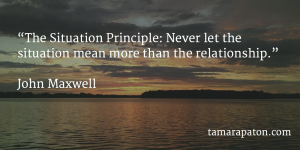

According to a recent PwC survey, only 27% of boards are confident that the company has adequate bench strength in its CEO talent pipeline. In response, you might think CEO succession would be at the top of every board agenda. Yet, less than half of these directors feel they are spending sufficient time on the issue.
One doesn’t need to look far to find organizations that failed to address CEO succession. DuPont, JC Penney, and Twitter showed us that big corporate names frequently get this wrong. And Disney reminded us that even those who think they have it figured out can be humbled months later.
Veteran board director David Beatty puts a fine point on the subject:
“If you’ve got the wrong CEO, you’re out of business for three to five years.”
From a distance, it’s easy to observe the C-suite drama and wonder why so many boards were asleep at the switch. I would be tempted to do the same, if experience hadn’t humbled me. Not long ago, the boards on which I served replaced three CEOs in three years. Each transition arose out of different circumstances – critical illness, underperformance, and the death of the CEO’s spouse – and they each took their own unique toll on the organization.
Today, I won’t join a board until I have confidence in its talent development process. And I should emphasize process. Knowing whom the next in line might be doesn’t really mean anything. Instead, I want to understand the way directors engage with the CEO and senior management to prepare for a changing of the guard.
In recent months, I’ve sought advice from some of my favourite corporate directors on our CEO succession responsibilities. They had differing views on the value of promoting from within versus casting wide for fresh leadership. The common ground underlying their guidance simmers down to the following questions one can pose about a board’s commitment to talent management.
Is there an emergency CEO succession policy in place?
If the CEO is suddenly unable to perform his job, the board will need to appoint an interim leader. The right person can be named in advance (subject to an annual review) or determined in the moment. It’s important that the process of deciding and communicating an interim CEO is clearly described in writing. And the policy should differentiate between emergency and permanent succession. The right leader to steady the ship may not be the best option for the long term.
Is there a current job description for the CEO on hand?
If the CEO were to depart tomorrow, the organization should have a description of the next CEO ready in a file. Ideally, it describes the leader that the organization will need over the next 5 years. The company’s strategy informs the CEO profile and the two concepts must evolve together.
If such a document doesn’t yet exist, it can take three to four months to develop, according to David Gibbons, a leadership and talent expert at Korn Ferry. And that assumes the board wastes no time aligning on strategy and the importance of succession planning.
Has the organization identified and assessed internal candidates?
The current CEO has the most firsthand exposure to her direct reports. As a first step, whom does she deem worthy of the job? Assuming these individuals are interested in promotion, how does the board perceive their prospects? An external advisor offers useful insight here too. Although the board may have its own opinions, the consultant brings an objective perspective of potential candidates’ strengths and development needs.
How are we investing in the top contenders?
This is the piece that I find so tough. Developing people is crucial for the long term. It demands investment and trade-offs, however, with little tangible pay-off in the present. It’s not uncommon for a CEO to offer her board a choice between financial results or talent development, but not both.
In a large organization, executives often rotate through positions outside their area of expertise. It’s common for smaller organizations to balk at this idea, however, pointing to existing pressures on resources. Instead, CEOs can simulate this exposure by asking leaders to manage cross-functional projects. And it costs little to have senior executives report to the board on organization-wide initiatives. These presentations can reveal whether a potential candidate is truly CEO-like or meant to lead a single function.
Leadership scholars Warren Bennis and Noel Tichy wrote that “CEO succession in any type of organization—from political to not-for-profit, to business or the military—is the key determinant of organizational performance.” Realistically then, a board can’t over-invest in fulfilling its succession responsibilities. And just when I feel like I’ve cracked the code, I expect that the challenges and best practices will have changed.
Take action: How would your board answer the questions highlighted above?
Please share your experience doing so via Twitter, LinkedIn or e-mail.
Thank you for reading! If you found this post useful, please click the “like” button on LinkedIn and/or share it with others in your network. Doing so is the best way to ensure that others find my posts.










